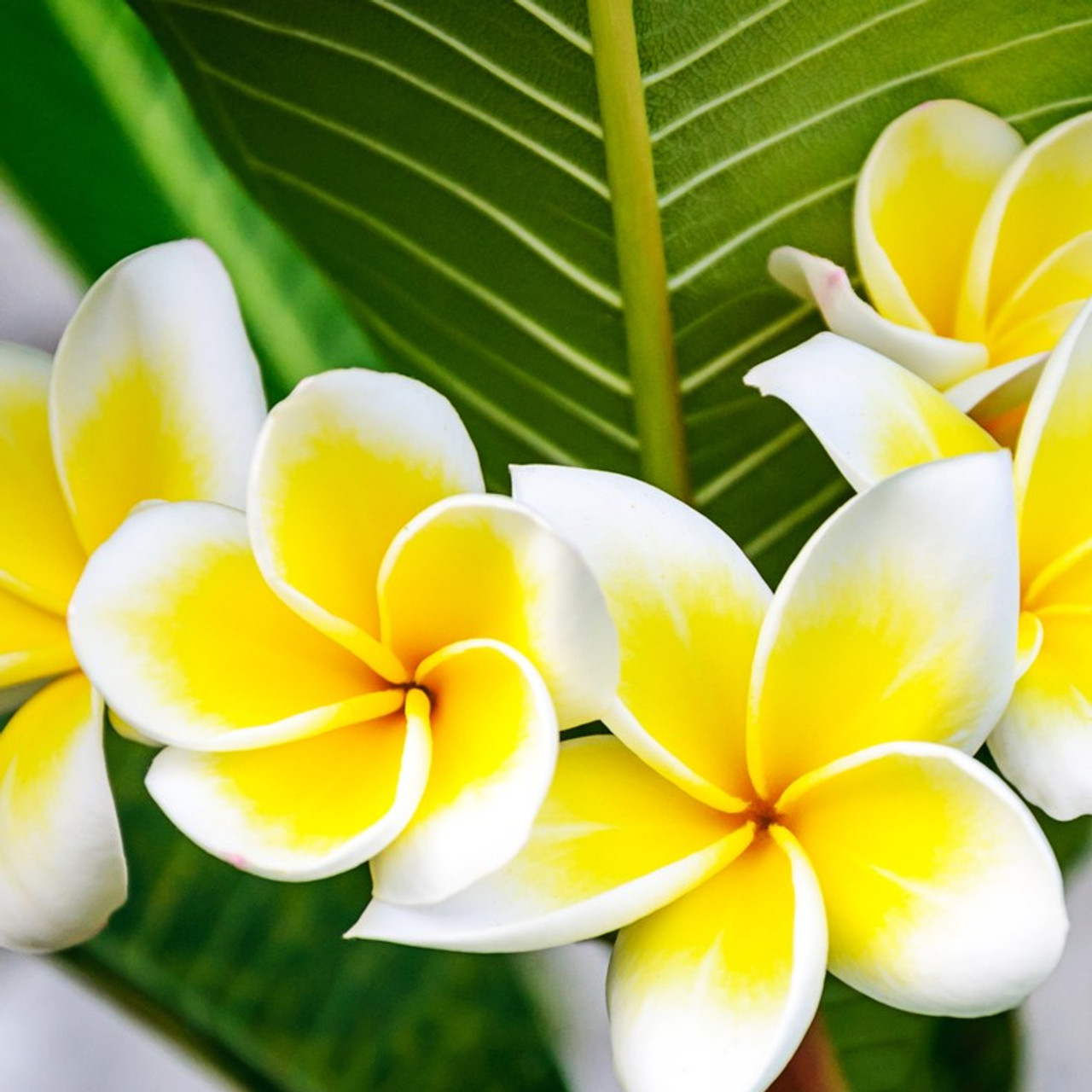
Plumeria, also known as Frangipani, is a tropical tree famous for its fragrant and colorful flowers. Here's a step-by-step guide on how to grow plumeria:
Climate and sunlight: Plumeria thrives in tropical and subtropical climates. It requires full sun to bloom abundantly, so choose a location that receives at least 6-8 hours of direct sunlight per day.
Soil: Plumerias prefer well-draining soil that is slightly acidic. Use a mixture of garden soil, sand, and perlite or vermiculite to improve drainage. Avoid heavy clay soils.
Planting: Plumerias can be grown from seeds, cuttings, or grafted plants. While growing from seeds is possible, it's a slower process. The most common and efficient method is to propagate plumerias from stem cuttings. Take cuttings from healthy, mature branches with a sharp, sterilized knife. Allow the cuttings to dry and callus for about a week before planting.
Container planting: If you live in a colder climate or want to grow plumerias in containers, choose a large pot with drainage holes. Fill the pot with well-draining soil mixture and plant the cutting, burying it about 1/3 to 1/2 of its length. Place the pot in a sunny location and water thoroughly.
Outdoor planting: In tropical or subtropical regions, plumerias can be planted directly in the ground. Dig a hole that is slightly larger than the root ball or cutting. Plant the plumeria, making sure the bud or growing tip is facing upwards. Backfill the hole, gently firming the soil around the plant. Leave a slight depression around the plant to hold water during watering.
Watering: Plumerias require regular watering, especially during dry periods. Water the plant deeply, allowing the soil to dry out slightly between waterings. Be cautious not to overwater, as plumerias are susceptible to root rot. Reduce watering during the winter months when the plant goes into dormancy.
Fertilization: Plumerias benefit from regular fertilization to promote healthy growth and abundant blooms. Use a balanced fertilizer with a higher phosphorus (P) content, specifically formulated for flowering plants. Apply the fertilizer every 2-3 weeks during the growing season (spring and summer). Follow the package instructions for the recommended dilution rate.
Pruning: Prune plumerias during the late winter or early spring before new growth appears. Remove any dead, damaged, or crossing branches to maintain a healthy shape and promote better airflow. Pruning also encourages the production of more flowers.
Pests and diseases: Plumerias are generally resilient against pests and diseases. However, occasional issues with aphids, mealybugs, or spider mites may occur. Inspect the plant regularly and treat any infestations promptly with insecticidal soap or horticultural oil.
Winter care: In colder climates, plumerias need protection from freezing temperatures. If growing in containers, move them indoors to a well-lit area before the first frost. In-ground plants can be protected by covering them with frost blankets or by moving them into a greenhouse or sheltered location.
With proper care, plumerias can reward you with their beautiful and fragrant flowers. Enjoy their stunning blooms and the tropical ambiance they bring to your garden or patio!

No comments:
Post a Comment